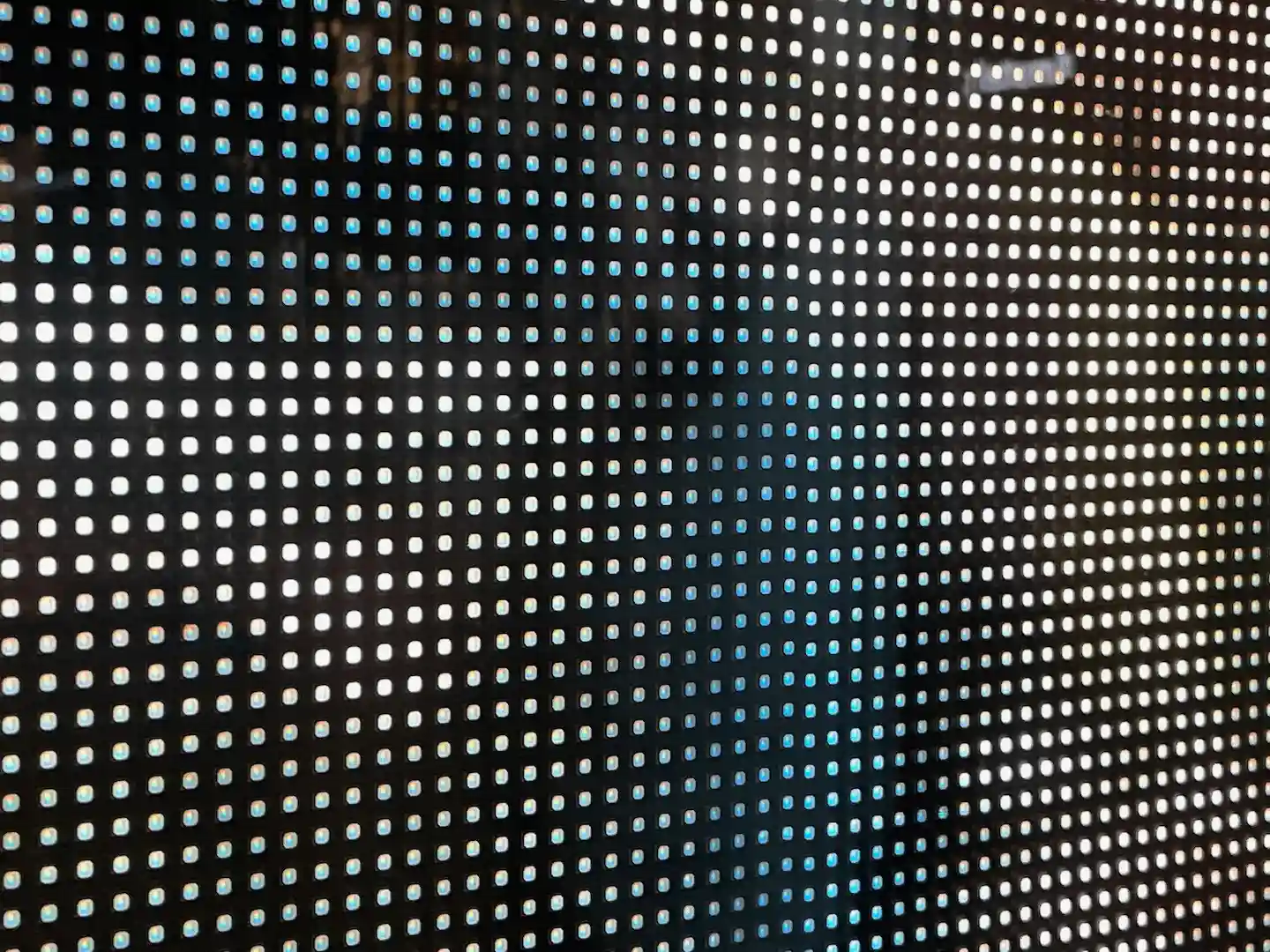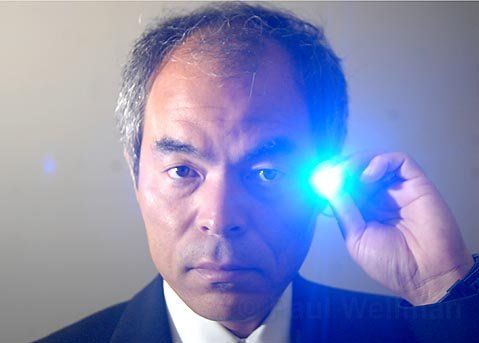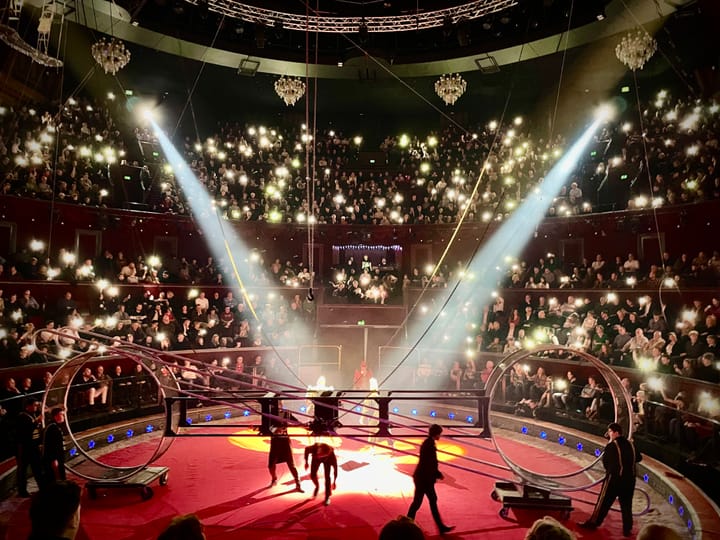Blue LED changed the world
A short story on the decades long search for the blue LED, the missing piece in the production of screens and energy efficient white light.

There was a decade long search for a reasonably bright and affordable blue LED (Light Emitting Diode). Not to pimp game computers, but it was the missing colour in Red, Green and Blue. Or RGB.
With the combination of these three colours, you can produce all the colours imaginable. Red and green LEDs were already available for a while, but blue was harder to find.
This is a story about a determined team in Japan that kept looking for something many had stopped looking for: a blue LED light.
Short history of LED
The first LED (Light Emitting Diode) was invented in the 1920s, but it wasn't until the 1960s that the first LED displays were created. These early displays were very basic and could only display simple text and numbers.

It wasn't until the development of the blue LED in the 1990s that LED displays became more widespread and advanced.
In a white LED light bulb, a blue LED is covered by a phosphor material that converts some of the blue light into yellow light. When the blue light and the yellow light mix, they produce white light. This method of creating white light is more energy-efficient and longer-lasting than traditional incandescent light bulbs .
The search for blue LED
Shuji Nakamura was driven by a strong scientific curiosity and a desire to push the boundaries of what was thought possible. He was also motivated by the challenge of finding a solution to a problem that many other researchers had been unable to solve.
Despite facing numerous obstacles and setbacks, Nakamura was persistent in his efforts and continued to experiment and refine his approach until he finally succeeded in producing blue LEDs.

This work revolutionized the field of lighting technology, as blue LEDs made it possible to create white light sources that were much more energy efficient than traditional incandescent bulbs.
In 2014, Nakamura, with fellow researchers Akasaki and Amano, was awarded the Nobel Prize in Physics for the invention of the blue LED. This was the first time that the Nobel Prize in Physics had been awarded for a discovery in the field of solid-state lighting.
Related article: The influence of blue light: how to protect your eyes and sleep?
Shuji Nakamura discovered blue LEDs by using a process called molecular beam epitaxy to grow high-quality gallium nitride (GaN) crystals, which are capable of emitting blue light.
He discovered that by adding small amounts of indium to the GaN crystals, he could produce blue light, which was previously believed to be impossible.
How blue LEDs changed the world.



